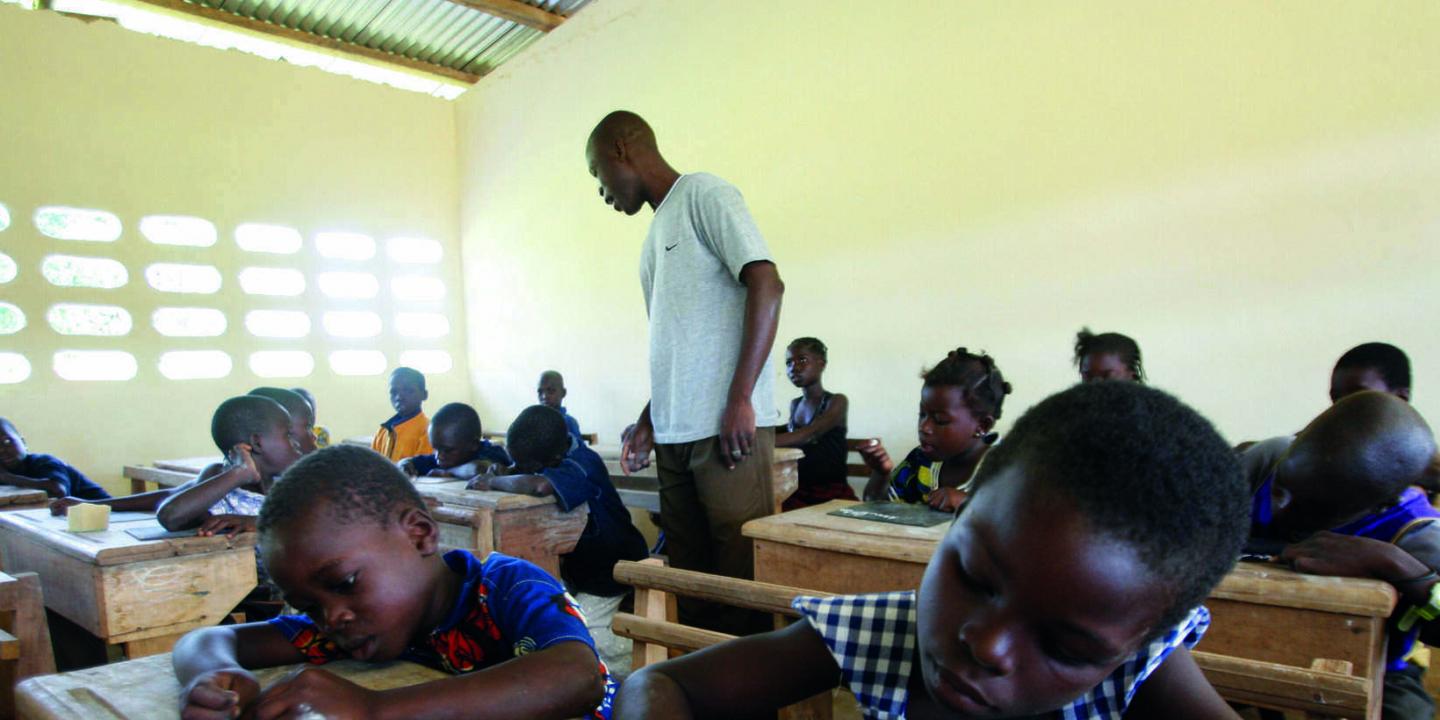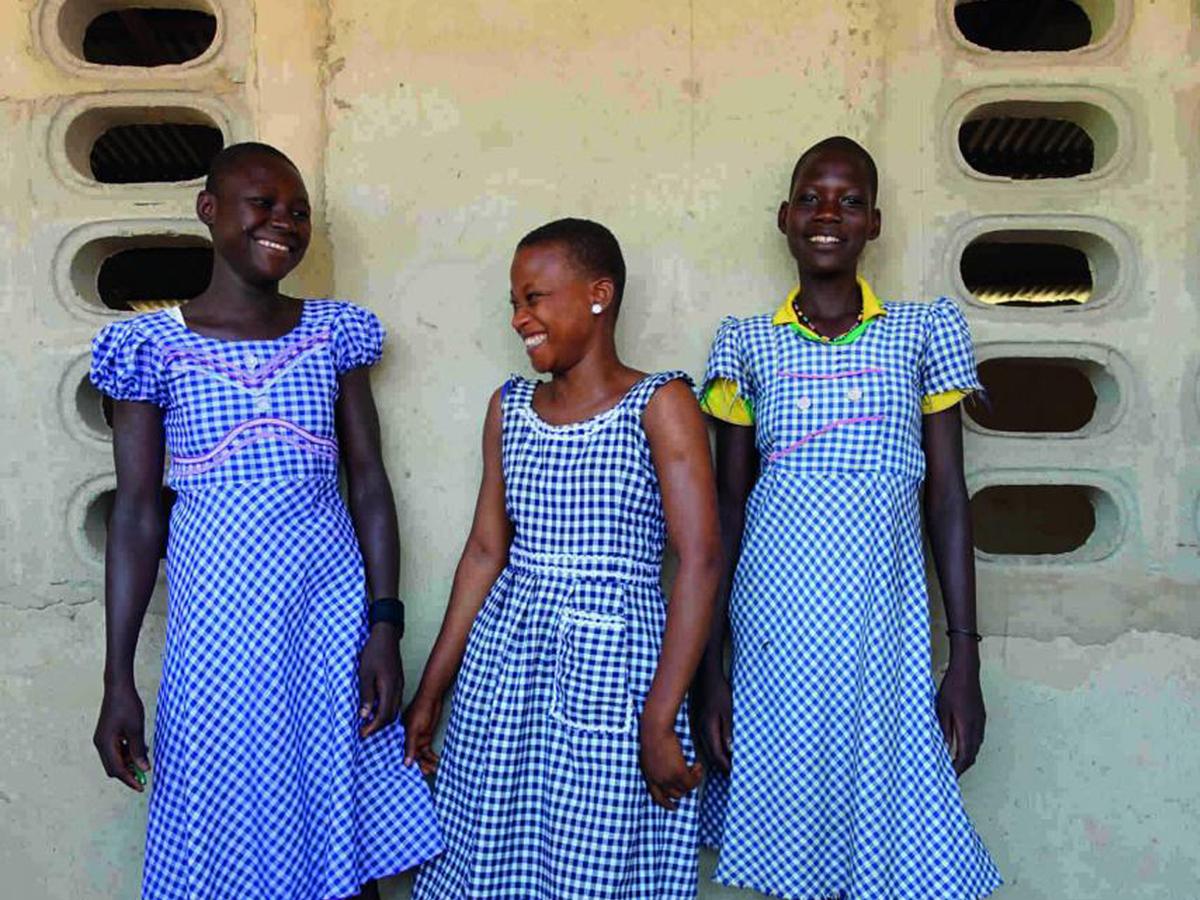Data Sources and Methodology Overview
In preparation for this review, ICI requested CLMRS implementers in the sector to share two types of data:
Key information about system set-up, including institutional set-up, implementing partners, coverage of farmers, modalities of data collection and provision of support to farmers and their children.22
Selected anonymised data from monitoring visits23 conducted under the CLMRS, including:
Basic demographic information on households and children (e.g. age, gender and schooling status).
Whether a child was identified in child labour, in hazardous child labour or at risk of child labour during a given visit, the type of hazardous tasks done and the number of hours worked.
Whether the household or the child has received any support and the circumstances of the visit (e.g. at the farmer’s home or on the farm, role of the data collection agent).
By January 2020, six stakeholders had shared data collected up to the end of 2019. All were companies implementing CLMRS in agricultural commodity sectors: five of them in the cocoa sector and one in the tobacco sector (see box 1). All shared key information about their systems, while four shared more detailed information from monitoring visits, with some variation in the details provided. The data shared by different companies was combined with data from CLMRS implemented by ICI on behalf of different companies. In addition, ICI drew upon available information about the Child Labour Monitoring Systems put in place by the governments of Côte d’Ivoire (Système d’Observation et de Suivi du Travail des Enfants en Côte d’Ivoire, SOSTECI) and Ghana (Ghana Child Labour Monitoring System, GCLMS) to add to the overview of different types of system.
In terms of different CLMRS projects reflected in this review, the key information about system set-up covers 15 different CLMRS projects in the cocoa sector, of which 10 are in Côte d’Ivoire and 5 in Ghana. This data feeds into the assessment of the different approaches to CLMRS that exist in the cocoa sector presented in Appendix A.
Selected anonymised data from monitoring visits is available from 12 CLMRS projects, including 7 projects for which ICI manages the data. In total, this data covers more than 70,000 cocoa farmers, and include almost 190,000 child interviews, with approximately 150,000 held in Côte d’Ivoire and 40,000 in Ghana.
This data was compiled into a single data base, which has been used to examine questions related to identification of child labour cases, such as: how do rates of child labour identification differ across projects? Under what circumstances is it most likely that cases of child labour are identified? How can system modalities be adjusted so that the share of undetected cases of child labour is as low as possible?
For ICI-implemented CLMRS projects, more detailed information is available, which allows us to examine specific additional questions, such as: how do the circumstances of the visit and characteristics of the monitoring agent relate to the likelihood of identifying cases of child labour?
Finally, we use data on follow-up visits to children previously identified in child labour (which were available only from CLMRS projects at an advanced stage of implementation) to examine questions around the system’s success at improving children’s situation over time.
CLMRS and its key elements beyond the cocoa sector
Similar to CLMRS in the cocoa sector, there are also some examples of companies in other agricultural sectors which are building systems to monitor and address child labour and other labour rights abuses in their supply chains.
One example is the Agricultural Labour Practices (ALP) programme being implemented since 2011 by Philip Morris International (PMI), which aims at eliminating child labour and other labour abuses and ensuring safe and fair working conditions on its tobacco supply chain. The key elements of the ALP programme reflect to a large degree those established for CLMRS in the cocoa sector. PMI describes the six parts of their ALP programme as follows:
The ALP Code, comprising seven principles and 33 measurable standards, applies to 285,900 farmers from whom tobacco is sourced directly or indirectly. The principles are as follows: no child labour, no forced labour or human trafficking, fair treatment, a safe work environment, income and work hours, freedom of association and terms of employment. This code is based on the labour standards of the International Labour Organization (ILO) Declaration on Fundamental Principles and Rights at Work and other relevant ILO conventions.
Awareness-raising and training for suppliers, farmers, workers and PMI’s Sustainable Agriculture teams about applying the code and addressing any shortcomings in the process.
Internal farm-by-farm monitoring by 2,675 field technicians employed by PMI and their tobacco leaf suppliers across 23 countries. Field technicians visit the farms regularly to ensure the implementation of the ALP Code and identify and address issues requiring immediate remediation.
External assessments and verifications – by Control Union (a specialist supply chain auditor) and local partners – to independently evaluate the implementation of the ALP programme and the data reported by the farm-by-farm monitoring.
Collaboration with civil society organisations, governments and the private sector on initiatives to address systemic issues and to empower communities through participatory processes and grievance mechanisms.
Transparency by sharing progress and challenges annually in the integrated report, quarterly progress updates on specific topics or countries and publishing all Control Union assessments (available at pmi.com).
Importantly, the ALP programme considers child labour as one amongst several labour rights concerns which are interrelated, including forced labour, workers’ safety and health, discrimination and income. While child labour is identified as the most salient labour and human rights violation in some of the ALP programme countries, the ALP programme by design acknowledges the fact that child labour is part of a bigger picture. By monitoring a range of labour and human rights practices on more than 90% of farms, the programme captures the farmers’ social and economic situation and behavioural patterns in a comprehensive manner.
Over the period 2013–2018, PMI engaged in an in-depth analysis of the data emerging from their monitoring system to better understand the risk factors and root causes of child labour in the various sourcing contexts. Overall, the data underlined the key role of poverty as a root cause. In response, PMI integrated a living income target to their strategy (a commitment to ensuring that 100% of contracted farmers supplying tobacco to PMI make a living income by 2025).
For more information about PMI’s ALP programme and strategy for addressing child labour, see What Does Our Sustainable Future Look Like (PMI – Philip Morris International).

